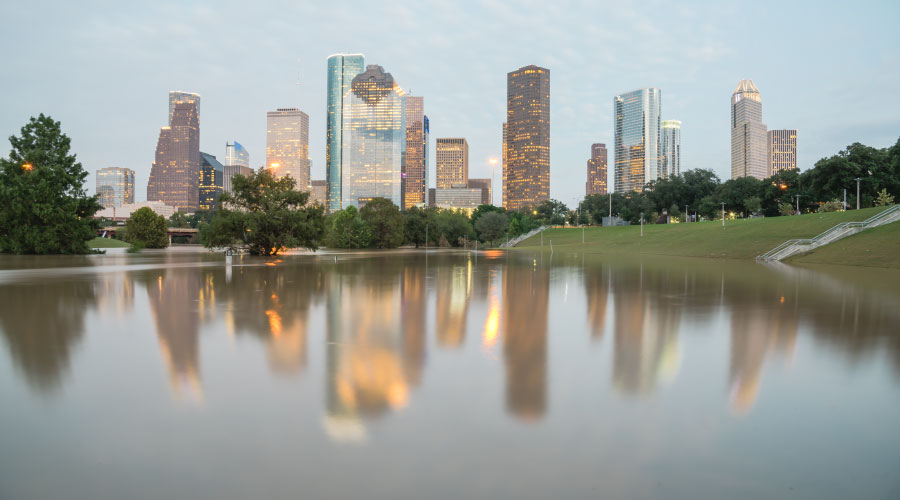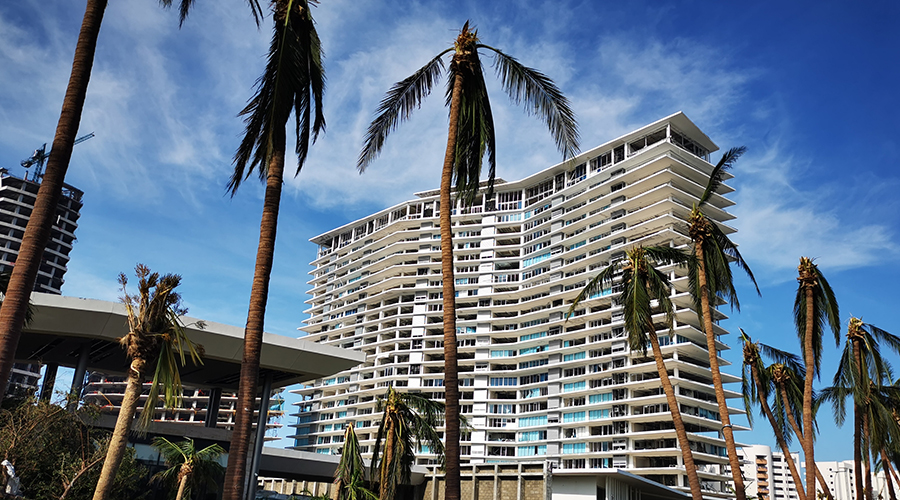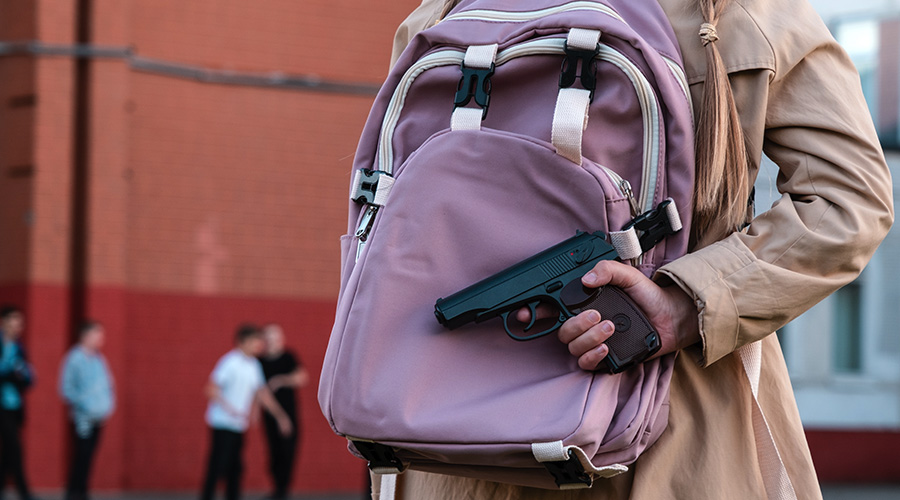Emergency Preparedness: Common Hazards Facing Front-Line Workers
Potential hazards abound for second responders, and the pressure to quickly repair the building and its equipment and restore operations magnifies these hazards. Couple this pressure with the emotional stress of the emergency, and major problems can occur. This point is important, and those leading the technicians and other second responders must understand and respect it.
Below is a list of the most common hazards second responders face when working to restore a facility and its operations:
- Confined spaces. Responding after an emergency event is no time to ignore proper procedures related to air monitoring and entry.
- Electrical hazards. De-energizing of equipment using proper lockout/tagout procedures is essential at all times, including after an emergency.
- Lack of proper hydration and sun protection. Spending long hours exposed to the elements can lead to injury.
- Air quality. Consider responders in New York City in the days and weeks following the events of 9/11. The same goes for Hurricane Katrina or wildfires in California. Each of these events presented serious air-quality issues managers and others involved in emergency planning must address.
- Lack of personal protective equipment (PPE). Real problems can occur if a department does not have enough PPE available or if users do not understand the limitations of the PPE.
- Hazardous driving conditions. The greatest danger might not be related to the worksite. It could be the drive to or from the worksite due to slippery or otherwise hazardous roadways.
- Slips and falls. These incidents are perhaps the most common hazard after an emergency. A simple slip due to slippery walkways, for example, can cause a major injury, so awareness is critical.
- Exhaustion. In their zeal to help facilities and occupants return to normalcy, second responders often work extended shifts and overwork themselves. Managers must be aware of this common hazard, even if the worksite seems to present few hazards.
- Falls. Working from roofs, towers and other elevated locations can result in serious injuries without proper fall protection.
- Exposure to chemical spills. An emergency might cause chemical spills and even dangerous chemical mixtures. Managers need to make sure material safety data sheets are available so responders know the types of materials they are dealing with.
This list is not all-inclusive, but it offers managers a starting point for rethinking potential hazards facing second responders.
Related Topics:














